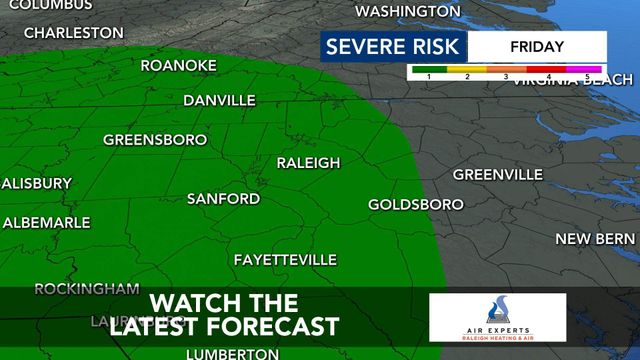Those iguanas falling from trees in Florida? They probably aren't dead
Beware the falling iguanas in South Florida.
When temperatures dip into the 30s and 40s, people from West Palm Beach to Miami know to be on the lookout for reptiles stunned — but not necessarily killed — by the cold. They can come back to life again when it warms up.
In Boca Raton, Frank Cerabino, a Palm Beach Post columnist familiar with the critters, stepped outside and saw a bright green specimen by his pool Thursday morning, feet up.
“It’s one of those ethical things: What do you do?” he said in an interview.
Iguanas, which can be as long as 6 feet, are not native to South Florida. They have proliferated in the subtropical heat, causing headaches for wildlife managers. It took a prolonged cold spell to significantly reduce their population in 2010. (The same cold snap also resulted in the deaths of many invasive Burmese pythons.)
Iguanas climb up trees to roost at night, said Ron Magill, communications director for Zoo Miami.
“When the temperature goes down, they literally shut down, and they can no longer hold on to the trees,” he said. “Which is why you get this phenomenon in South Florida that it’s raining iguanas.”
The larger the iguana, the greater its chance of survival, Magill added.
“Even if they look dead as a doornail — they’re gray and stiff — as soon as it starts to heat up and they get hit by the sun rays, it’s this rejuvenation,” he said. “The ones that survive that cold streak are basically passing on that gene.”
He suspects that, within a couple of decades, iguanas will creep north because they will be able to withstand colder climates.
On Thursday, Cerabino poked at the animal with his pool skimmer, hoping to wake it up. In a previous backyard encounter with a paralyzed iguana, he said, picking it up with a shovel did the trick.
But no luck this time. “He didn’t move,” Cerabino said. “But he’s probably still alive. My experience is that they take a while to die.”
So he opted for leaving the iguana where it was, “and dealing with it when I come home.”
“He’ll either get enough sun where he’ll revive himself and get himself up the tree, or he’ll continue to freeze and turn dark brown — almost black — and I’ll know he’s dead,” Cerabino said.
The iguana lived.









